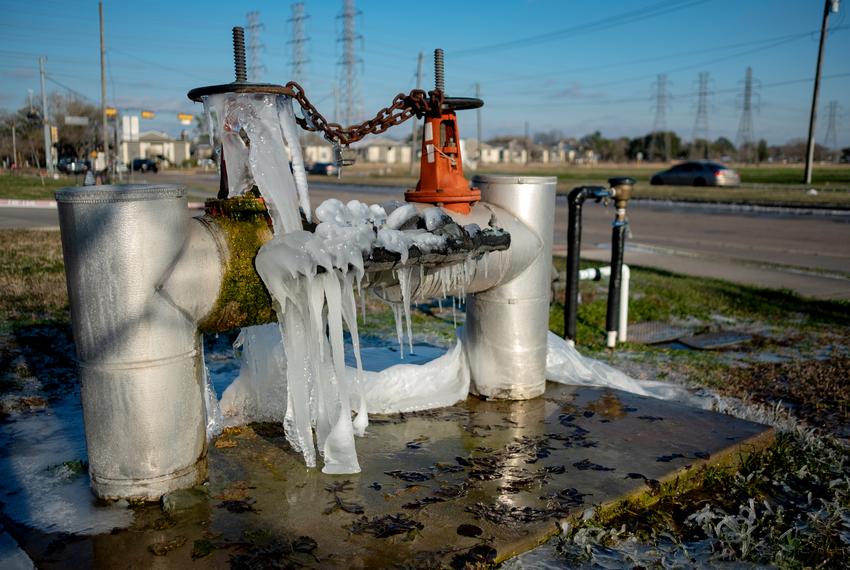Behind the Scenes: Managing Texas Energy Grid with ERCOT
Introduction to ERCOT
The Electric Reliability Council of Texas (ERCOT) supervises electricity distribution to more than 26 million people in Texas. Understanding ERCOT’s operations can help consumers gain valuable insights into the intricacies of the state’s unique energy grid, which remains isolated from the rest of the country due to Texas’ preference for energy independence.
ERCOT’s jurisdiction encompasses about 90% of the state’s electric load, making it critical to ensure that the lights stay on and air conditioners keep running, especially during scorching summers and freezing winters. Established in 1970, ERCOT has evolved into a sophisticated organization capable of managing a highly complex and dynamic power grid, which includes more than 46,500 miles of transmission lines and over 1,000 generation units. This isolation provides ERCOT with complete control over Texas’ energy market, allowing for unique approaches to energy management that aren’t feasible in other states.
ERCOT’s Role in Texas’ Energy Infrastructure
ERCOT is an independent system operator (ISO) overseeing the Texas power grid. The organization ensures a reliable and efficient energy transfer by continually monitoring and optimizing the grid’s performance. Without ERCOT’s central coordination, the Texas energy grid would be far less efficient and more prone to imbalances and outages.
Grid Oversight and Coordination
ERCOT manages the grid’s infrastructure to accommodate traditional power sources like natural gas and coal and renewable energy sources like wind and solar. Integrating these diverse energy types is essential for maintaining a balanced and resilient grid. ERCOT’s oversight includes:
- Planning for the long-term reliability of the grid.
- Analyzing grid performance.
- Making sure that the infrastructure can handle both current and future demands.
The organization conducts yearly assessments to forecast potential future scenarios and ensures the grid is prepared to handle them.
How ERCOT Balances Supply and Demand
ERCOT employs sophisticated forecasting tools and real-time data to predict energy usage patterns and make necessary adjustments. For instance, demand usually peaks during extreme weather conditions when heating or cooling systems are used extensively.
Advanced Forecasting
Through advanced forecasting tools, ERCOT can anticipate demand and make real-time adjustments. These capabilities allow ERCOT to prepare for fluctuations and ensure that power generation effectively meets consumer needs. The organization uses complex algorithms and models considering various factors, such as historical data, weather forecasts, and real-time grid conditions. ERCOT also collaborates with weather experts to receive precise short-term and long-term weather forecasts that help anticipate sudden changes in power demand.
Successfully balancing supply and demand prevents outages and optimizes the grid’s overall efficiency, making it more sustainable and cost-effective. ERCOT’s ability to forecast and balance supply and demand dramatically impacts the power grid’s reliability and helps avoid blackouts and brownouts that could severely disrupt daily life.
Challenges Faced by ERCOT
Despite its critical role, ERCOT faces numerous challenges. Sudden spikes in energy demand or mishaps at power plants can create additional hurdles. Furthermore, evolving federal and state regulations also mandate continual updates to operational protocols.
Extreme Weather Conditions
Texas is prone to extreme weather that can disrupt normal grid operations. For example, the 2021 winter storm significantly tested ERCOT’s capabilities, leading to widespread power outages. ERCOT has implemented various measures to enhance grid resilience, including weatherizing power plants and transmission lines to withstand extreme conditions. Weathering the infrastructure means ensuring critical components can operate in extreme cold and heat, thus preventing failures that lead to massive outages.
However, not all challenges are weather-related; ERCOT deals with cybersecurity threats and aging infrastructure. These factors require constant vigilance and adaptation to modernize and protect the grid from potential attacks. By prioritizing these improvements, ERCOT is working to create a more resilient and secure energy framework for Texas.
Technology and ERCOT
Advanced technology is indispensable for ERCOT’s operations. Smart grids, renewable energy integration, and real-time monitoring tools allow ERCOT to adapt to changing market demands. Innovative technologies help ERCOT manage the complex dynamics of the energy grid more effectively and efficiently.
Smart Grids and Real-Time Monitoring
Smart grids enhance ERCOT’s ability to respond swiftly to energy supply and demand changes. These grids use data analytics and real-time monitoring to make immediate adjustments, reducing the likelihood of outages and improving overall grid reliability. ERCOT gains real-time visibility into grid operations through technologies like advanced metering infrastructure (AMI) and phasor measurement units (PMUs). By analyzing this data, ERCOT can effectively tackle possible problems before they become more significant.
Blockchain technology could provide additional opportunities for enhancing grid reliability and efficiency by enabling transparent and secure energy transactions. This technology can streamline the complex processes that balance energy supply and demand, offering the potential for more decentralized and resilient energy systems. Implementing these technologies will allow ERCOT to create a more dynamic and adaptive energy grid that better serves its consumers.
How Consumers Can Get Involved
- Participate in energy-saving programs
- Stay informed about energy usage and prices
- Advocate for sustainable energy initiatives
Energy-Saving Programs
Consumers can contribute to grid stability by participating in programs designed to reduce energy consumption. These initiatives often include incentives for using energy-efficient appliances and opting for renewable energy sources. Consumers can help ease the strain on the grid and contribute to overall grid stability. Many energy providers offer rebates and other incentives to customers who participate in these programs, making energy-saving more accessible and financially rewarding.
Staying informed about energy usage and prices can also empower consumers to make more strategic decisions about their energy consumption. By understanding the factors influencing energy prices, consumers can become more proactive in managing their energy use and advocating for fair pricing policies. Joining community groups or organizations focused on energy sustainability can provide additional opportunities to make a meaningful impact on the energy landscape in Texas.
The Future of ERCOT and Texas Energy
Texas Energy’s future will likely see significant innovations and advancements. ERCOT’s role in ensuring a stable and reliable grid will become even more critical. Consumers can expect ERCOT to continue investing in technologies that promote sustainability and efficiency.
Adapting to Renewable Energy
With the rise in renewable energy sources, ERCOT must continually adapt its strategies and technologies to effectively incorporate these cleaner energy options. This transition promises a more sustainable future but requires careful planning and substantial investment. Innovations such as battery storage and distributed energy resources (DERs) are significant in this transition, providing ERCOT more flexibility and resilience in managing the grid. These technologies will enable ERCOT to store excess energy generated during peak production times and distribute it when demand is highest, ensuring a continuous and reliable energy supply.
Keep an eye for more latest news & updates on Ny-tribune!






